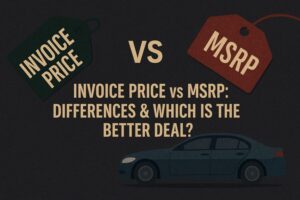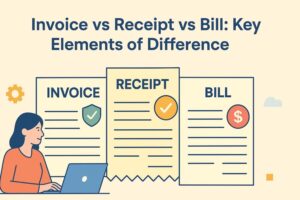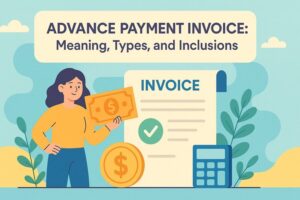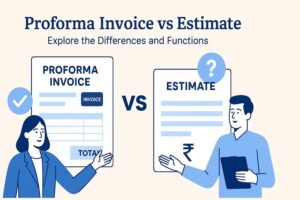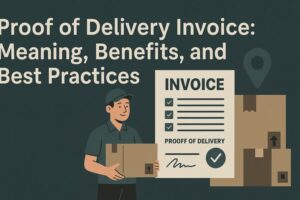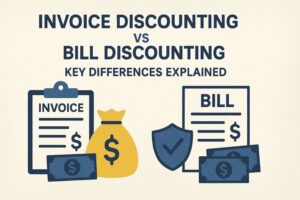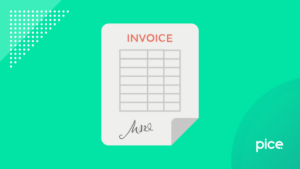A Comprehensive Guide on Invoice Finance and Asset Based Lending
- 12 Nov 25
- 7 mins
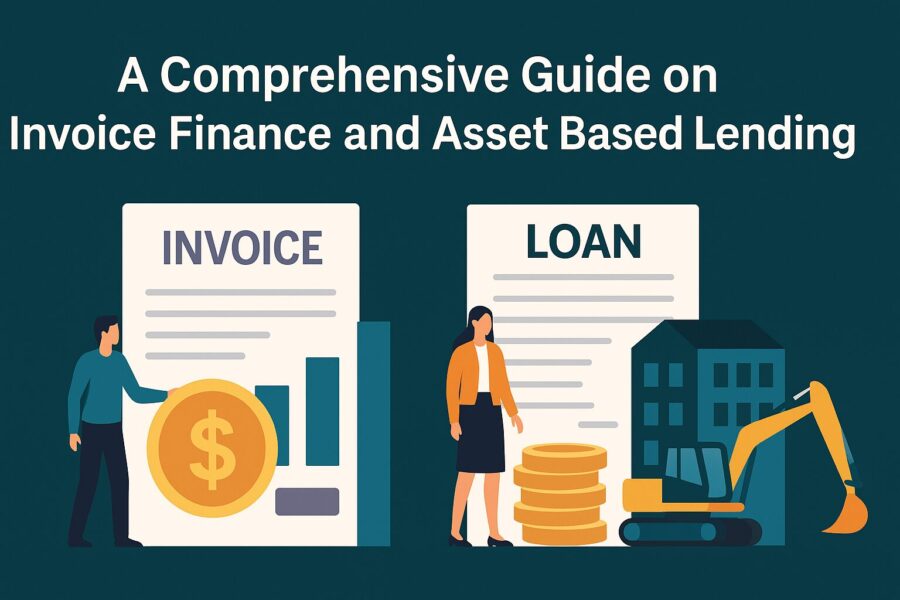
A Comprehensive Guide on Invoice Finance and Asset Based Lending
Key Takeaways
- Invoice finance and asset based lending (ABL) are modern funding options that help businesses improve cash flow without relying on traditional bank loans.
- Invoice finance allows companies to unlock cash tied up in unpaid invoices through factoring or discounting.
- Asset based lending lets businesses borrow against assets like machinery, real estate, or inventory as collateral.
- While invoice finance provides faster access to funds (within 24–48 hours), asset based lending usually takes 10–14 working days.
- ABL typically offers lower interest rates than invoice finance, making it ideal for established companies with strong asset portfolios.
All growth-minded businesses consistently strive to expand their operations. If you own an MSME, you have probably faced challenges too while securing funds that could fuel your company’s growth.
However, did you know that you can explore options beyond traditional business financing?
Two alternative methods for raising business working capital are invoice finance and asset based lending (ABL). In fact, the global ABL market reached $696.13 billion by the end of 2024 and is anticipated to cross the $1.641 billion mark by 2032. It shows an impressive growth rate of 11.32% CAGR.
Before you unravel the borrowing opportunities in this realm, let us gather some key insights about asset based lending in this blog.
What is Invoice Finance?
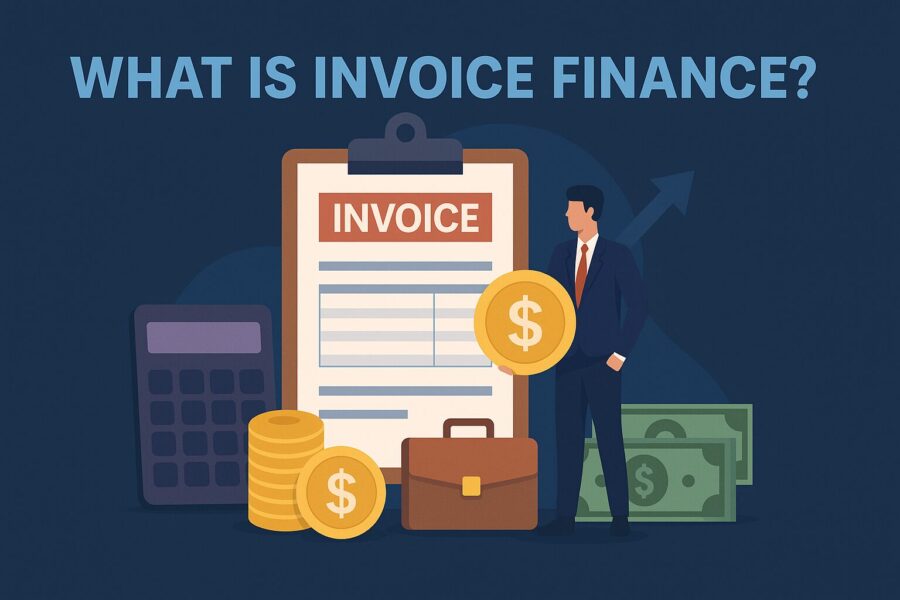
Also referred to as cash flow finance, invoice finance covers multiple methods that help arrange money for daily business operations.
Invoice discounting is a quick and popular way to access capital. Another option is invoice factoring, where companies sell their invoices to a factoring house for immediate funds.
In most cases, the factoring company lends against the perceived value of issued invoices for completed services.
Generally, you can notice the prevalence of invoice financing in:
- Companies that are a part of the B2B framework
- Businesses that need to wait for weeks to receive payments for their completed work
- B2C businesses like bars, pubs, retail outlets, etc., that do not have cash tied up in unpaid bills
Following a 10% surge in the Indian factoring market over the last decade, new lenders have emerged, providing invoice financing and other related services. However, some of these factoring companies may only work with niche-specific industries like the automotive or construction industry.
What are the Pros and Cons of Invoice Factoring?
Some commonly discussed advantages of accounts receivable financing are:
- Quick access to cash: It helps boost your cash flow by freeing up funds that are stuck in unpaid invoices.
- No collateral needed: The invoices themselves serve as security, which means less risk for your assets.
- Flexible funding: It grows alongside your sales, offering financing that scales with your business.
On the other hand, there are a few notable drawbacks you need to be aware of:
- Costly fees: The fees for accessing these financial products can be higher than what you would find with traditional loans.
- Customer perception: Your customers might be aware of the third-party involvement, which can impact your relationships.
- Eligibility limits: Not every invoice or business will qualify for this type of financing.
What is Asset Based Lending?
Asset based lending, also known as asset finance, is an alternative form of commercial finance. Unlike invoice financing, which uses invoices as security, this method uses capital assets such as heavy machinery, equipment, real estate or inventory as collateral.
The terms of a repayment, such as the overall cost of borrowing, repayment rate and typical interest, tend to vary from one borrower to another. Usually, the lending interest rates start at 5% for companies registered in India. Whereas, depending on the perceived risk and size of a company, this interest rate can jump up to 15%.
According to several leading financial consultants, the only way to get a precise idea of the cost of borrowing in invoice finance and asset based lending is by obtaining quotes. This is because the lenders levy additional charges as a service fee for costs they incur while chasing up unsettled invoices.
Advantages of Asset Based Lending
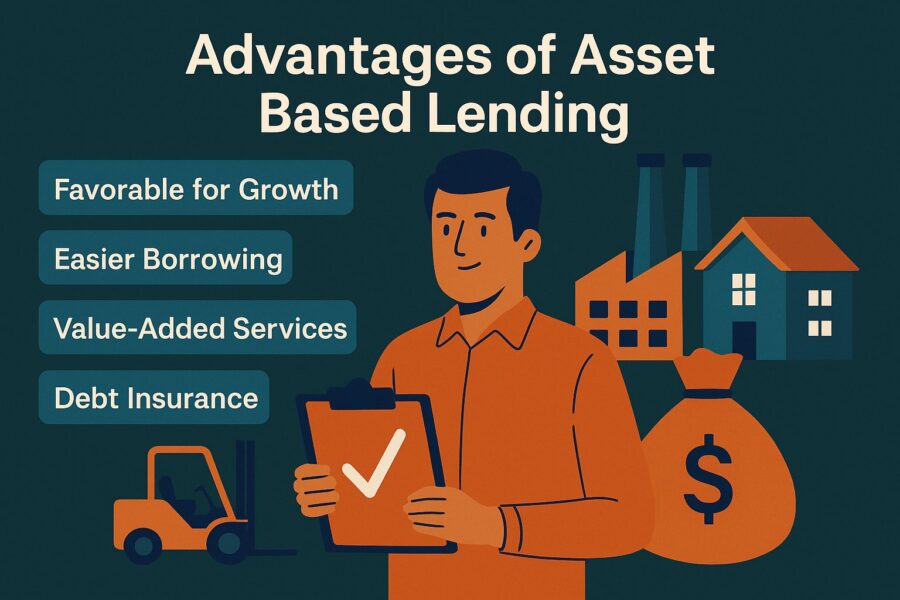
The upside of ABL as a form of commercial finance can be understood as follows:
- Asset based lending is generally favourable for growing and expanding businesses.
- The ease of borrowing increases with growth in business, which eliminates the need for persistent renegotiations.
- Unlike banking organisations, factoring firms do not consider an MD's home or personal property as security.
- If a company opts for invoice finance, the cash is disbursed within 24 hours. However, for asset based lending, the transaction is typically processed within 10-14 working days.
- Some valued-added services are combined with asset based lending, like managing a business's ledger, payroll solutions for recruiters, etc. These aspects help reduce a company's overhead costs.
- Asset based lending makes room for debt insurance that protects a business owner from bad debts.
Disadvantages of Asset Based Lending
The two potential drawbacks that you should consider before choosing asset based lending are:
- Generally, the interest rates charged by factoring companies are higher than those of traditional bank borrowing.
- Secondly, in a few instances, the lender may ask for a personal guarantee. However, this could be the same with commercial banks. A key difference is that factoring companies are generally more negotiable regarding collateral, often accepting less than banks typically require.
Therefore, if you run a business with diversified clientele, you may go for asset based lending. It is to your benefit, since factoring companies typically reduce credit lines for companies that rely too much on a small number of major customers.
Difference Between Invoice Finance and Asset Based Lending
To understand the fundamental differences between invoice finance and ABL, refer to the table below:
| Parameter | Invoice Finance | Asset Based Lending |
|---|---|---|
| Type of Financing | Not a loan but structured as a sale of receivables. | ABL is a revolving credit facility. |
| Advance Rate | Typically, 80 - 90% of the invoice value is paid up front. The remainder is paid after customers settle the invoice. | Typically, the lender gives 75 - 90% of the receivables' value. However, lower percentages are applicable for inventory/equipment (often 50% or less). |
| Repayment | No repayment obligation, as the factoring company collects money from customers. | Borrower repays loan with interest and fees. |
| Best Suited For | Small to mid-sized businesses needing quick cash flow, often with limited assets. | Established businesses with significant assets and ongoing credit needs. |
| Funding Time | Very fast, often within 24 - 48 hours. | Fast, but may require more due diligence and asset valuation |
💡If you want to streamline your payment and make GST payments via credit, debit card or UPI, consider using the PICE App. Explore the PICE App today and take your business to new heights.
Conclusion
Having examined invoice finance and asset based lending, it is now clear that asset based lending generally offers lower financing costs than factoring. On the other hand, while factoring tends to be pricier, it might be the better option if you need cash quickly or prefer not to take on any debt.







